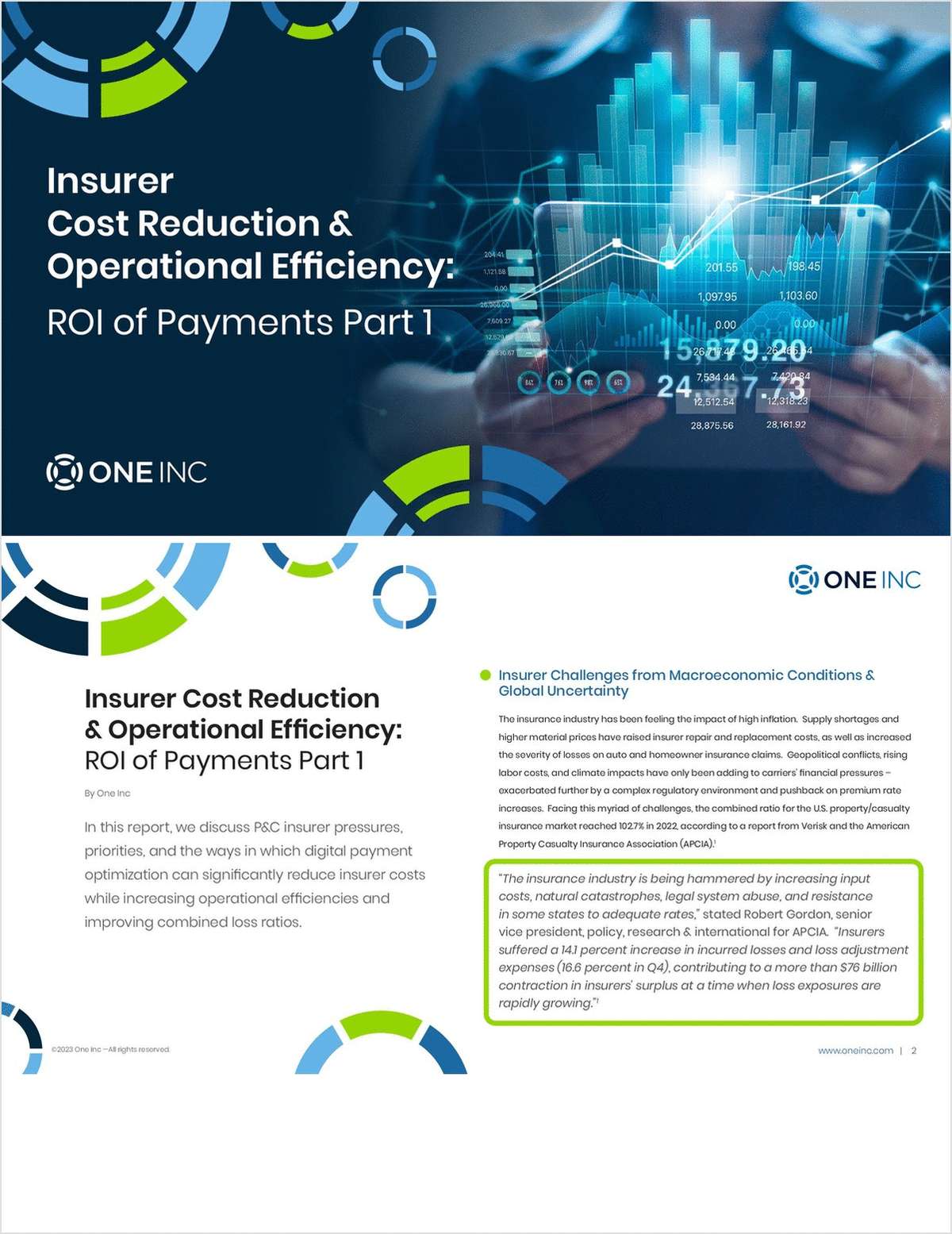Today, half of all U.S. economic losses from floods are due to pluvial, or flash flooding, rather than river or coastal flooding. In addition, risk analysts XDI 1000 predicts a threefold increase in damage to commercial property from climate-related risks by 2050. So flash flooding is not only an issue that could happen somewhere else; it is very much an issue around the U.S. Despite its distance from the U.S., Dubai stands out as a poignant reminder of the urgent need for enhanced flood resilience and preparedness measures, particularly in regions not traditionally prone to such disasters. Consider the U.S. state of Nevada, where Las Vegas suffered multiple lethal flash floods in October 2022. |
Dubai issues mirrored in the U.S.
Dubai's susceptibility to flooding can be attributed to a combination of factors mirrored in parts of the U.S., including its arid climate, rapid urbanization, and inadequate infrastructure. The city's infrastructure may not have been designed to withstand extreme weather events, leading to vulnerabilities in drainage systems and flood defenses. Further, the lack of awareness and preparedness among residents and businesses exacerbates the impact of flooding, highlighting the need for proactive measures to address this growing threat. This also applies in the U.S., where in recent years, there have been unusually high levels of flooding (for instance, the record flooding in New York in October 2023, which led to the close of major infrastructure, including La Guardia Airport and John F. Kennedy Airport). |
What can be learned from Dubai flooding
What can be learned from Dubai's recent catastrophic flooding event, where 18 months of rain fell in just two days? Cities in the U.S. need a comprehensive "prepare, act, and prevent" approach to minimize the risk of future flooding. This includes investing in infrastructure, such as improved drainage networks and flood barriers, to mitigate the impact of heavy rainfall and reduce the risk of flooding. Traditional weather forecasting methods may not accurately predict extreme weather events like the heavy rainfall that caused Dubai's flooding. By leveraging advanced technologies, such as real-time data analysis and IoT sensors, authorities can receive accurate and timely flood forecasts, enabling proactive response measures and mitigating the impact of flooding on communities. Raising awareness about flood risks and providing guidance on preparedness measures are essential components of effective flood resilience strategies. Community engagement initiatives can empower residents and businesses to take proactive measures to protect themselves and their property from flooding, ultimately enhancing overall flood resilience. Climate change is exacerbating the frequency and intensity of extreme weather events, including flooding. Incorporating climate change considerations into urban planning and development strategies is critical to ensuring that infrastructure and policies are resilient to future climate scenarios. Effective flood management requires collaboration and coordination among various stakeholders, including government agencies, private sector organizations, and community groups. By working together and sharing resources and expertise, cities can enhance their collective ability to respond to and recover from flooding events. Continued investment in research and innovation is essential for developing new technologies and solutions to address the challenges posed by flooding. This includes the development of flood-resistant building materials, innovative drainage systems, and predictive modeling tools to improve flood resilience. Nature-based solutions, such as green infrastructure and wetland creation, can help absorb excess rainfall and reduce the risk of flooding. Integrating these approaches into urban planning can enhance flood resilience and provide additional environmental benefits. Naturally, critical infrastructure must be resilient to flooding to ensure the continued functioning of essential services during and after an event. Implementing resilience measures like flood-proofing and redundancy planning can minimize disruptions and save lives. Regular preparedness and response exercises, including simulations and drills, can help authorities and emergency responders refine their procedures and identify areas for improvement. Raising public awareness about flood risks and promoting community preparedness are essential for ensuring a coordinated and effective response to flooding events. |
How insurers can add value
Flooding is a complex and evolving challenge that requires long-term planning and adaptation strategies. By incorporating flexibility and adaptive management principles into planning processes, cities can better respond to changing flood risks and uncertainties.  Jonathan Jackson
Jonathan Jackson
Want to continue reading?
Become a Free PropertyCasualty360 Digital Reader
Your access to unlimited PropertyCasualty360 content isn’t changing.
Once you are an ALM digital member, you’ll receive:
- Breaking insurance news and analysis, on-site and via our newsletters and custom alerts
- Weekly Insurance Speak podcast featuring exclusive interviews with industry leaders
- Educational webcasts, white papers, and ebooks from industry thought leaders
- Critical converage of the employee benefits and financial advisory markets on our other ALM sites, BenefitsPRO and ThinkAdvisor
Already have an account? Sign In Now
© 2024 ALM Global, LLC, All Rights Reserved. Request academic re-use from www.copyright.com. All other uses, submit a request to [email protected]. For more information visit Asset & Logo Licensing.








